
Best Secrets About Snowy Owls: The Arctic’s Elite Predator
Best Facts About Snowy Owls
Firstly snowy owls, also known by their scientific name Bubo scandiacus, are remarkable creatures of the Arctic region. Indeed these magnificent birds of prey, often referred to as the polar owl, great white owl, or ghost owl, captivate bird enthusiasts and researchers alike with their unique behaviors and striking appearance.
Best Facts About Snowy Owls
Snowy owls also known as the arctic owl are among the most iconic bird species found in the high Arctic. Renowned for their beautiful white feathers and yellow eyes, they are well-adapted to their harsh environment.
Their presence is often associated with the cold temperatures and snowy landscapes of the northern hemisphere.
However, there is much more to these fascinating creatures than meets the eye. In this article, a deep dive into the facts about snowy owls will be taken, exploring their habits, habitat, and the intriguing characteristics that make them one of nature’s most extraordinary animals.
Appearance and Physical Characteristics
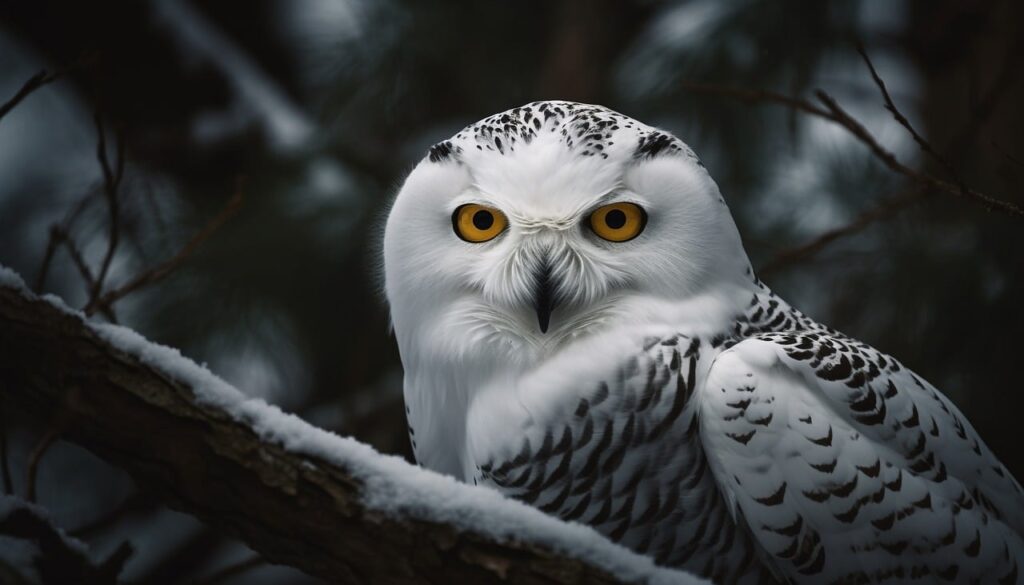
White Plumage and Dark Markings
Snowy owls are easily recognizable by their thick feathering, which provides essential insulation against the freezing Arctic temperatures.
The white plumage of these owls helps them blend seamlessly into their snowy surroundings. Interestingly, while adult males are almost entirely white, adult females and younger snowy owls have more pronounced dark markings, which aid in camouflage.
Size and Weight
Among the largest species of owl, snowy owls are formidable in both size and strength. They are considered one of the heaviest owl species, with adult snowy owls weighing between 3.5 to 6.5 pounds.
This extra weight is crucial for maintaining body heat in the extreme cold. With a wingspan that can reach up to five feet, they are well-equipped for long flights across their vast territories.
Habitat and Distribution
Arctic Region and Beyond
Snowy owls primarily inhabit the high Arctic tundra’s of Greenland, north America such as Canada, and the northernmost parts of the United States.
During the breeding season, they are often found in these remote regions, where they establish their nests in shallow depressions on the ground. These nest sites are typically chosen for their proximity to abundant food sources.
Wintering Grounds
As winter months approach, snowy owls migrate southward in search of food. Their wintering grounds extend into southern Canada and the northern United States.
During these migrations, snowy owls are sometimes spotted in unexpected locations, such as open fields, grain elevators, and even on power lines and telephone poles.
Diet and Hunting

Main Food Source
Snowy owls primarily prey on small mammals, with lemmings being their main food source. The abundance of lemming populations directly impacts the snowy owl population, as it influences their breeding success and overall health.
In years when lemmings are scarce, snowy owls may expand their diet to include small rodents, arctic hares, and even small birds.
Hunting Techniques
As a large owl equipped with excellent eyesight and sharp talons, snowy owls are proficient hunters. They often hunt from high points such as hay bales or telephone poles, surveying the open space below for any signs of movement.
Their keen senses allow them to detect prey even under the snow, making them effective predators in their snowy landscape.
Unique Behaviors
Snowy owls exhibit several unique behaviors that aid in their survival. For instance, during periods of 24-hour daylight in the Arctic summer, these owls are active both day and night, taking advantage of the continuous daylight to hunt and feed.
By understanding these captivating facts about snowy owls, a greater appreciation for these majestic creatures and their role in the Arctic ecosystem is gained.
The next section will delve deeper into their breeding habits, conservation status, and more intriguing aspects of their lives.
Breeding Habits and Lifecycle
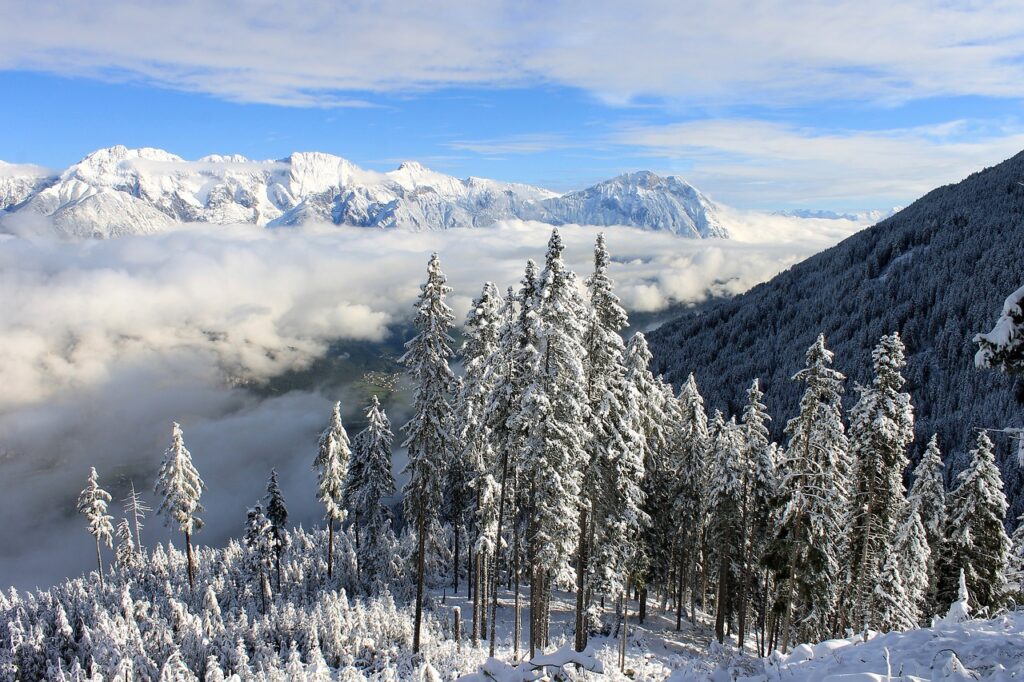
Breeding Grounds and Season
Snowy owls return to their breeding grounds in the high Arctic during the summer months. The breeding season typically begins in May and June when the snow starts to melt.
These large owls choose open spaces, often on high points or slightly elevated ground, to build their nests.
The nest site is usually a shallow depression scraped out by the female owl, which she then lines with downy feathers for insulation.
Female Snowy Owls and Nesting
Female snowy owls play a crucial role in nesting and rearing the young. Once the eggs are laid, the female incubates them for about 32 to 34 days.
During this period, the male partner is responsible for hunting and bringing food to the nest. The number of eggs laid by female snowy owls can vary, depending largely on the availability of food.
In years with abundant food supply, females may lay up to 11 eggs, while in leaner years, the clutch size may be significantly smaller.
Raising Young Owls
After hatching, the young owls, or owlets, are cared for by both parents. The mother continues to stay with the young, keeping them warm and protected, while the father hunts to provide a steady food supply.
The owlets grow rapidly, and by the time they are about three weeks old, they begin to explore their surroundings.
At around six to seven weeks of age, the young snowy owls start to fledge and are capable of short flights. However, they remain dependent on their parents for food and protection for several more weeks.
Unique Adaptations and Behaviors
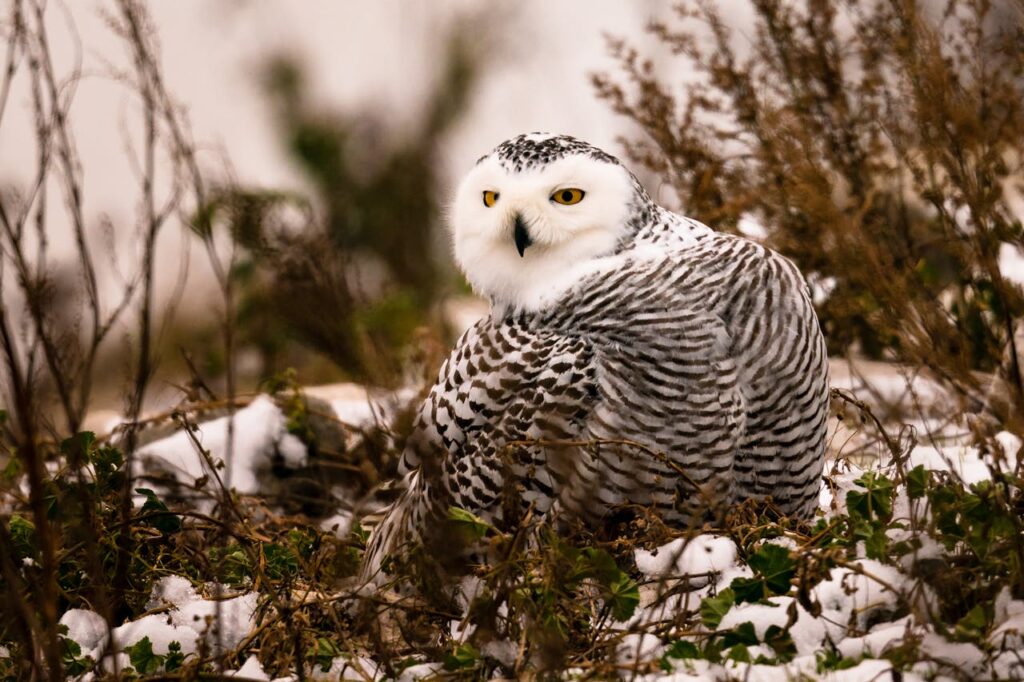
Thick Feathering and Cold Adaptation
One of the most remarkable facts about snowy owls is their ability to thrive in extreme cold temperatures.
Their thick feathers provide exceptional insulation, covering even their legs and feet to protect against the harsh environment of the Arctic region.
Additionally, these owls possess a dense layer of down feathers beneath their outer plumage, further enhancing their ability to retain body heat.
Daytime Hunting
Unlike many other owl species, snowy owls are not strictly nocturnal. During the Arctic summer, when there is 24-hour daylight, these owls are active at any time of day or night.
Their excellent eyesight allows them to hunt efficiently in the bright Arctic light, and their ability to adapt to continuous daylight is a unique trait among birds of prey.
Territorial Behavior
Snowy owls are known for their territorial nature, especially during the breeding season. Both male and female snowy owls will defend their nesting area aggressively against potential threats, including other birds of prey like the great horned owl and the great gray owl. This territorial behavior ensures a safe environment for raising their young.
Conservation and Challenges
Snowy Owl Population
The snowy owl population is subject to fluctuations based on several factors, including food supply and climate conditions.
While these owls are not currently considered endangered, they face several challenges that could impact their numbers in the future.
Climate change, for instance, poses a significant threat by altering the habitats and food availability in the Arctic region.
Conservation Efforts
Various conservation efforts are underway to protect snowy owls and their habitats. Organizations such as the Cornell Lab of Ornithology are actively involved in researching and monitoring snowy owl populations.
These efforts include tracking migration patterns, studying breeding habits, and advocating for the preservation of crucial habitats.
Additionally, public education and awareness campaigns aim to highlight the importance of snowy owls in the ecosystem and the need for conservation measures.
Global Warming and Habitat Loss
Global warming is a growing concern for snowy owls, as rising temperatures can lead to a reduction in their primary habitats.
The melting of Arctic ice and changes in snow cover can disrupt the breeding grounds and reduce the availability of prey.
Conservationists emphasize the importance of addressing climate change to ensure the survival of snowy owls and other species that depend on the Arctic environment.
By exploring these comprehensive facts about snowy owls, it becomes clear that these majestic birds are not only fascinating but also vulnerable to various environmental changes.
The next section will delve into frequently asked questions about snowy owls, providing further insight into their lives and behaviors.
Snowy Owls Frequently Asked Questions
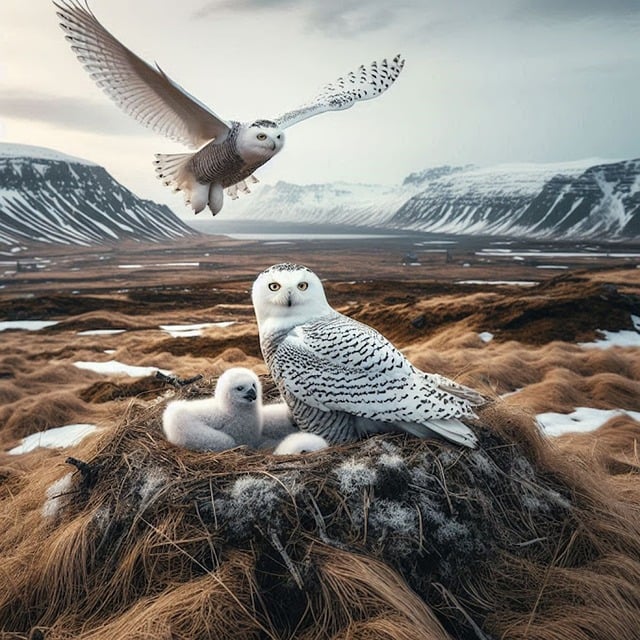
What do snowy owls eat?
Snowy owls primarily eat small mammals, with lemmings being their main food source. They also hunt small rodents, arctic hares, and occasionally small birds.
During times of food shortage, they adapt their diet to include a wider variety of prey.
Where do snowy owls live?
Snowy owls are native to the high Arctic region, including the Arctic tundras of Greenland, Canada, and parts of the northern United States. During winter, they migrate southward to areas like southern Canada and the northern United States in search of food.
How do snowy owls survive in cold temperatures?
Snowy owls have thick feathers that provide excellent insulation against the cold. Their white plumage, which includes a dense layer of down feathers, covers their entire body, including their legs and feet.
This adaptation helps them maintain body heat in the harsh Arctic environment.
Are snowy owls active during the day or night?
Unlike many other owl species, snowy owls are not strictly nocturnal. They are known to hunt and be active during both day and night, especially during the Arctic summer when there is 24-hour daylight.
This ability to adapt to continuous daylight is a unique trait among snowy owls.
Snowy Owls Frequently Asked Questions (Continued)
What are some unique behaviors of snowy owls?
Snowy owls exhibit several unique behaviors, including territorial defense during the breeding season and daytime hunting during the Arctic summer.
They also choose high points like hay bales and telephone poles to perch and survey for prey. Their ability to detect prey under the snow and their aggressive defense of nest sites are notable behaviors.
How do snowy owls choose their nest sites?
Snowy owls typically choose open spaces in the high Arctic for nesting. The female scrapes a shallow depression in the ground, which she lines with down feathers for insulation.
The proximity to abundant food sources is a crucial factor in selecting a nest site.
Snowy Owls Frequently Asked Questions (Continued)
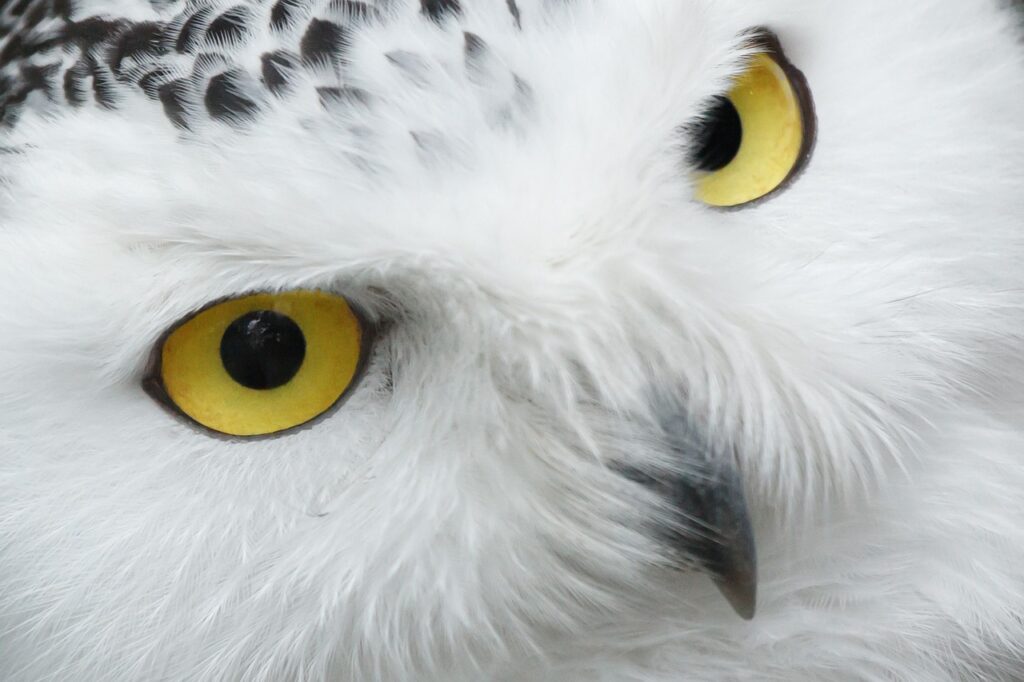
What threats do snowy owls face?
Snowy owls face several threats, including climate change, which affects their habitat and food availability. Changes in snow cover and Arctic ice melting can disrupt their breeding grounds.
Conservation efforts are crucial to mitigate these threats and protect snowy owl populations.
How can we help conserve snowy owls?
Conservation efforts for snowy owls include supporting organizations like the Cornell Lab of Ornithology, which conducts research and monitoring of owl populations.
Public education and awareness campaigns are also vital in highlighting the importance of snowy owls and the need for habitat preservation. Addressing climate change through sustainable practices is essential for the long-term survival of snowy owls.
Why are snowy owls important to the ecosystem?
Snowy owls play a vital role in the Arctic ecosystem as apex predators. They help control the populations of small mammals like lemmings and small rodents.
Their presence indicates a healthy ecosystem, and their decline can signal environmental changes that may impact other species.
What is the official bird of Quebec?
The snowy owl is the official bird of Quebec, symbolizing the region’s connection to the Arctic and its wildlife. This designation highlights the cultural and natural significance of snowy owls in the area.
Snowy Owls Frequently Asked Questions (Continued)
How do snowy owls communicate?
Snowy owls communicate through a series of hoots, screeches, and other vocalizations. These sounds are used for various purposes, including mating calls, territorial defense, and communication between parents and their young. Their vocalizations are an essential aspect of their social behavior.
What is the lifespan of a snowy owl?
In the wild, snowy owls can live up to 10 years, although some individuals have been known to live longer. Their lifespan is influenced by factors such as food availability, environmental conditions, and predation.
Do snowy owls migrate?
Yes, snowy owls migrate seasonally. They travel southward from their Arctic breeding grounds to wintering areas in southern Canada and the northern United States. Their migration patterns are influenced by food availability and weather conditions.
How large are snowy owls?
Snowy owls are among the largest species of owl, with a wingspan that can reach up to five feet. They weigh between 3.5 to 6.5 pounds, making them one of the heaviest owl species. This large size and weight are adaptations to their cold, harsh environment.
What adaptations help snowy owls hunt?
Snowy owls have excellent eyesight and sharp talons, which make them proficient hunters. They often hunt from high points, using their keen senses to detect prey even under the snow. Their ability to remain active during both day and night also enhances their hunting efficiency.
Snowy Owls Conclusion
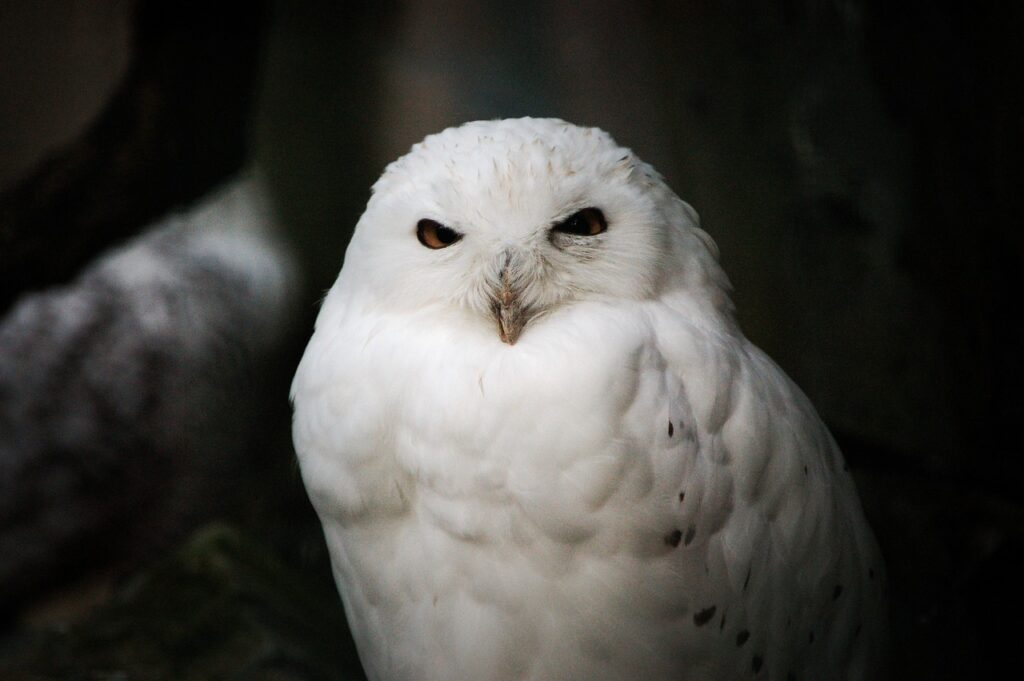
Snowy owls are truly fascinating creatures, embodying the resilience and beauty of the Arctic region. Their unique adaptations and behaviors, such as their thick feathering, daytime hunting, and territorial nature, make them one of the most intriguing birds of prey.
However, the challenges they face, particularly due to climate change, highlight the need for continued conservation efforts.
Understanding these facts about snowy owls not only deepens our appreciation for these majestic birds but also underscores the importance of preserving their natural habitats.
By supporting conservation initiatives and raising awareness about the threats they face, we can help ensure that snowy owls continue to thrive in the wild for generations to come.
Interesting Facts About Snowy Owls
The Heaviest Owl
Snowy owls are among the heaviest owl species. Their substantial body weight helps them maintain warmth in the frigid Arctic climate, providing a crucial advantage for survival.
Unique Names and Cultural Significance
Snowy owls are known by several names, including the great white owl, ghost owl, and polar owl. These names reflect their striking appearance and their association with the cold, snowy environments of the Arctic. They are also the official bird of Quebec, symbolizing the natural beauty and wildlife of the region.
Adaptation to Arctic Life
Adaptations such as thick feathers and excellent eyesight enable snowy owls to thrive in the Arctic Circle. Their feathered feet and legs help insulate them against the extreme cold, while their sharp talons and powerful beaks are perfect for hunting in a snowy landscape.
Migratory Patterns
Snowy owls are known for their unpredictable migratory patterns. During certain years, they may migrate far south into the northern United States, a phenomenon known as an irruption. These movements are often driven by changes in food supply, particularly the populations of lemmings and other small mammals.
Breeding and Lifespan
In the wild, snowy owls can live up to 10 years, though some individuals may live longer. Their breeding success is closely tied to the availability of food, with larger clutches of eggs produced in years of abundant prey.
Predators and Threats
While snowy owls are apex predators, they face threats from other birds of prey, such as the great horned owl and the arctic fox. Human activities and climate change also pose significant risks to their habitat and food sources.
Conservation Status
Currently, snowy owls are not classified as endangered, but their populations are subject to fluctuations due to environmental changes. Conservation efforts are critical in ensuring that these magnificent birds continue to thrive in their natural habitats.
Fascination and Study
Snowy owls have captivated the interest of scientists and bird watchers alike. Noted ornithologist Scott Weidensaul and organizations like the Cornell Lab of Ornithology have contributed significantly to our understanding of these birds through research and public education.
Snowy Owls Conclusion
Snowy owls are extraordinary birds that embody the beauty and harshness of the Arctic environment. Their distinctive white feathers, powerful hunting skills, and fascinating behaviors make them a subject of endless interest and admiration.
However, the challenges they face due to climate change and habitat loss highlight the importance of ongoing conservation efforts. By learning about these incredible creatures and supporting initiatives to protect their habitats, we can help ensure that snowy owls remain a vital part of the Arctic ecosystem.
Understanding these facts about snowy owls deepens our appreciation for their resilience and adaptability.
The snowy owl’s story is a testament to the wonders of nature and the delicate balance required to sustain it. Through education and conservation, we can contribute to preserving the majestic snowy owl for future generations.
Do you have an interest in birds? Then read my article Interesting Facts About Cardinals


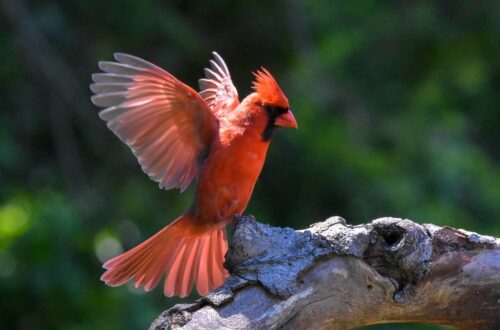
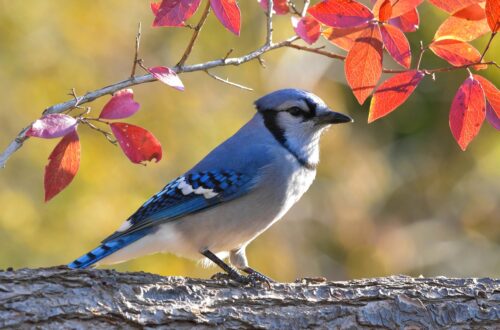
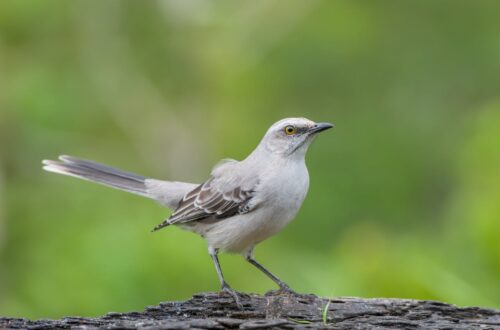
One Comment
Pingback: